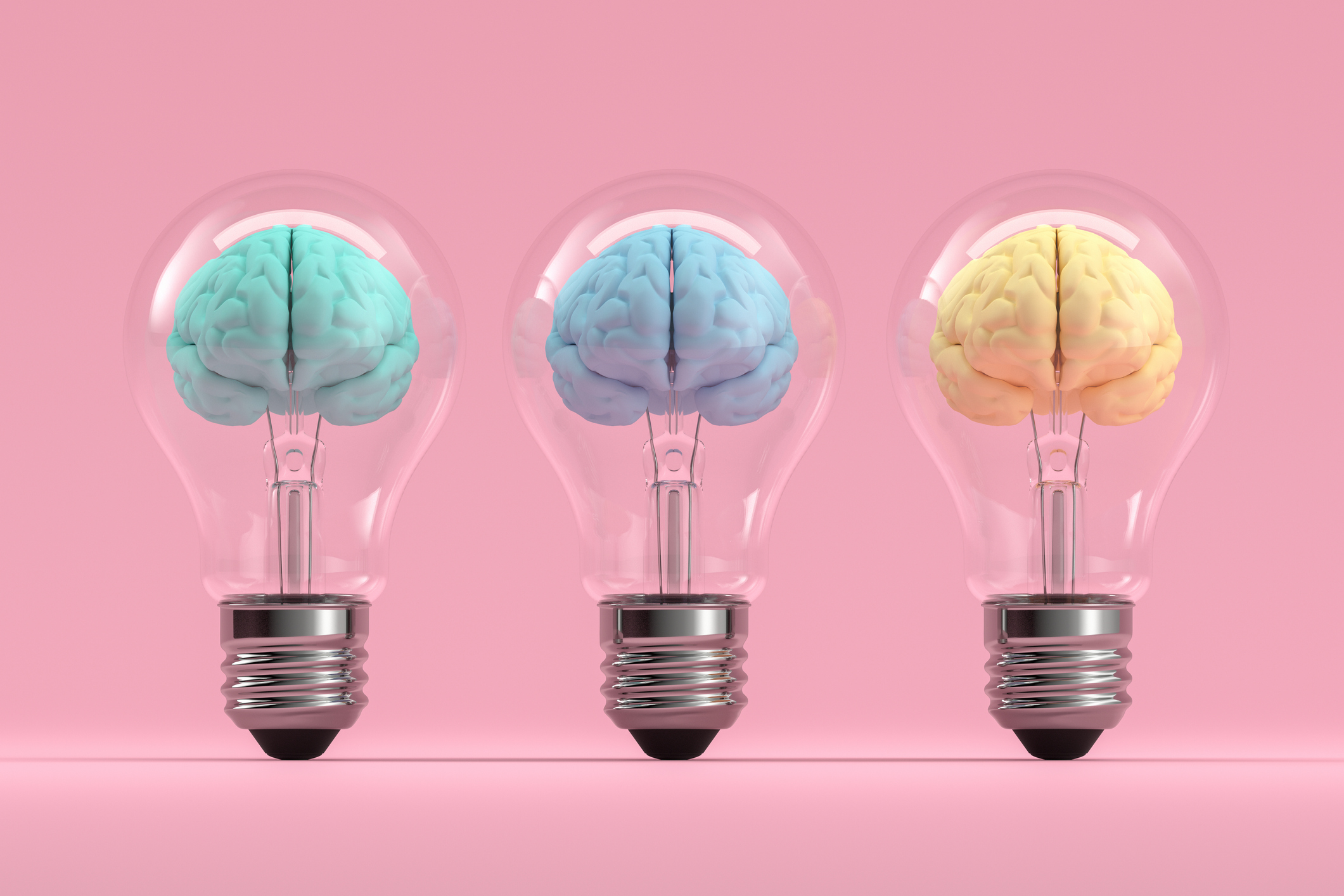Are we too biased in outward attention?



By Stefanie Faye
When you hear the phrase ‘pay attention’, what does it make you think of?
Do you get the sense that it's about someone (maybe you) needing to ‘pay more attention’ to something in your external world?
In my work with children and adults who report difficulties with attention, this is typically what they are referring to. When I find myself ‘losing focus’ on a task. When I have the intention to write an article, compile data, or some other activity, and I find it hard to keep my eyes on the task at hand - this is what I also often describe as difficulty with attention.
Many people think the ‘fix’ to this problem is to keep training those outward-focused attention systems. Many schools and work environments are also asking us to constantly use brain networks that help us focus on the world outside of us.
But research shows that the quality and the ability to focus outwardly on tasks is highly correlated “task-positive” state (which involves the executive control network or ECN) into a “looking in” system or task-negative state (which involves the Default Mode Network or DMN).
What research reveals is that as one network is engaged, the other decreases in activity and that these networks are codependent and co-regulate one another (Immordino-Yang, 2009).
Our ability to truly release and rest into that inward-facing state gives us better, stronger abilities to focus on our outer experiences and is also connected to the depth and complexity of our thinking about others, ourselves, and how many systems are connected with each other.
The challenge is that the world is filled with attention-grabbing stimuli.
Many of us, therefore, have a lot of our attention focused on external things.

While that's an inevitable part of living in this world, we can become more skillful in our ‘looking in’ systems. The first step is to understand how important that type of attention is so that we give ourselves time and space to fully release and allow ourselves periods of mind wandering, daydreaming, and self-reflection.
Unfortunately, many environments we are in are overly biased towards people's attention to the external world.
What is important to know is that bias (and over-valuing of external attention) might undermine the brain's ability to develop its thinking in more abstract ways and its ability to access more complex thoughts about the self and others (Immordino-Yang, 2009).
The ability to turn inward takes practice and sometimes also support and guidance.
It can start with closing our eyes for even a minute or so, and then gradually increasing that amount over time. If closing your eyes feels anxiety-producing, we can have them softly open and looking forward and down at the floor or a table. Removing visual stimuli helps induce alpha brainwaves, which are associated with relaxed wakefulness as well as inner reflection. If someone is not used to doing this, there can be some feelings of resistance or anxiety because our brains are so habituated to being pulled into external stimuli. Starting slow might be key for some people - just a minute or two at a time.
How can you play a role in increasing the importance of the ‘looking in’ system for yourself?
Are there times also when you might be emphasizing being outwardly focused and goal-directed? Is there a period during your day where you could allow some inward attention?
How can you model for others (and potentially create intentional space for) periods of quiet self-reflection, daydreaming, and mind wandering?
About the Author
This article was crafted by Stefanie Faye, an independent contributor engaged by CheckIT Labs, Inc. to provide insights on this topic.
References:
Immordino-Yang, Mary Helen, et al. “Rest Is Not Idleness: Implications of the Brain’s Default Mode for Human Development and Education.” Scottbarrykaufman, scottbarrykaufman.com/wp-content/uploads/2012/07/Immordino-Yang-et-al.-20120.pdf. Accessed 27 June 2025.

Stefanie has a degree from New York University and her fieldwork focused on neuroplasticity, empathy and emotion regulation. She has worked as a neuroscience consultant for many global organizations and as a school and family counselor, cognitive trainer, reading therapist, research analyst, coordinator of learning programs.



